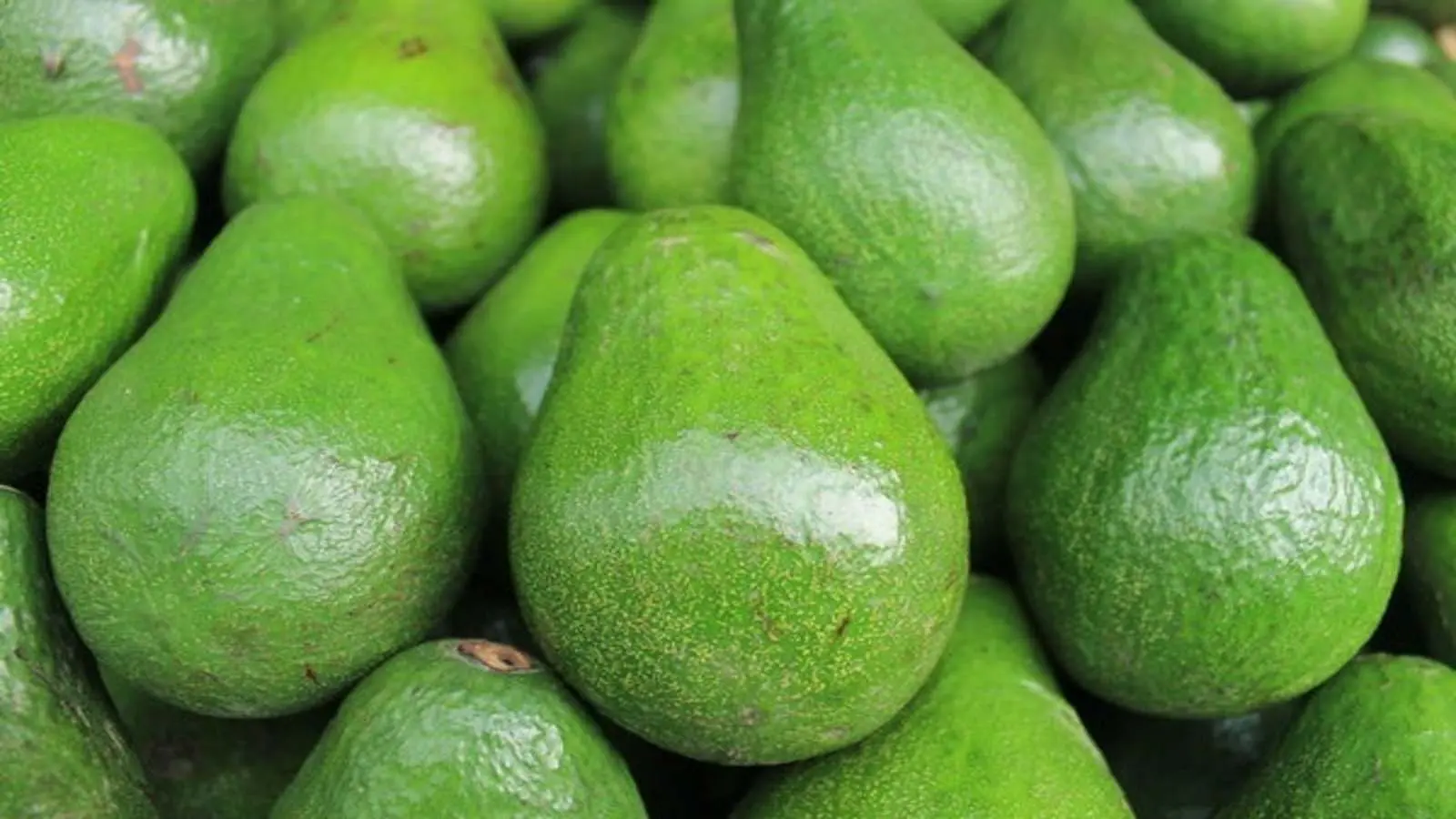Plastic, despite its convenience in food packaging, remains a pressing environmental concern due to its non-biodegradable nature.
Plastic, despite its convenience in food packaging, remains a pressing environmental concern due to its non-biodegradable nature. In a bid to address this issue, researchers from the University of Córdoba and the University of Girona in Spain have found an innovative solution by utilizing avocado pruning residue — the branches and leaves discarded annually from avocado trees.
This initiative is particularly significant in Spain’s southern region of Andalucía, known for its abundance of fruit trees, especially avocado.
Eduardo Espinosa, an assistant professor at the Chemical Institute for Energy and the Environment at the University of Córdoba and one of the researchers involved in the project, highlighted the high cellulose content in avocado pruning residue, making it a viable source of biomass. Cellulose, a biopolymer found in plants, can be processed into fibers for reinforcing synthetic materials like polyethylene, a crucial component in food packaging.
While polyethylene has been instrumental in preserving food freshness and preventing contamination, its conventional production from fossil fuels poses sustainability challenges. However, polyethylene derived from bioethanol, a plant-based source, offers a more sustainable alternative.
Espinosa and his team sought to create environmentally friendly food packaging by partially substituting bio-polyethylene with fibers extracted from avocado pruning residue. Through a meticulous process involving concentration and fractionation, lignocellulosic fibers were obtained, preserving some lignin content crucial for enhancing material properties.
The researchers then developed a composite material by mixing bio-polyethylene and lignocellulosic fibers using a high-speed mixer. The addition of maleic anhydride, a common plastic manufacturing additive, improved compatibility between the hydrophobic polyethylene and hydrophilic fibers, resulting in a stronger, more biodegradable composite.
Espinosa emphasized the mechanical strength of natural fibers embedded in the plastic matrix, which contributes to load transfer under mechanical stress, making the composite resilient. Moreover, utilizing agricultural waste promotes a circular economy and local resource utilization, adding value to otherwise discarded materials.
Despite the advancements, Espinosa acknowledged challenges in creating food packaging solely from lignocellulosic fibers due to requirements for mechanical strength and barrier properties. Chemical treatment or incorporation of other materials may be necessary to achieve desired characteristics.
Looking ahead, the researchers aim to assess the environmental impact and economic feasibility of their process, including conducting shelf-life studies with specific food products using the avocado waste-derived packaging material. They also plan to explore applications beyond rigid packaging, such as food films and edible coatings for fruits.
The breakthrough in utilizing avocado waste for sustainable food packaging marks a significant step towards reducing plastic pollution and promoting eco-friendly solutions in the food industry. With ongoing research and development, such innovations hold promise for a greener, more sustainable future.
